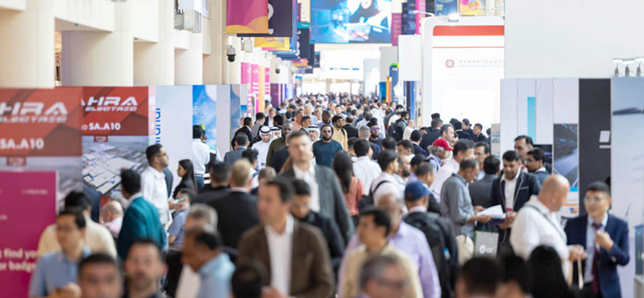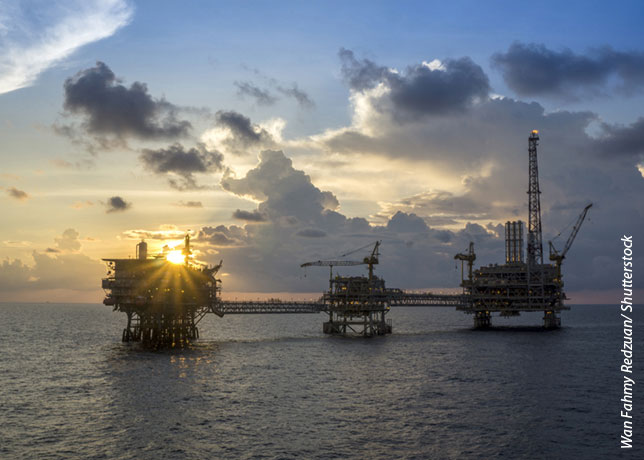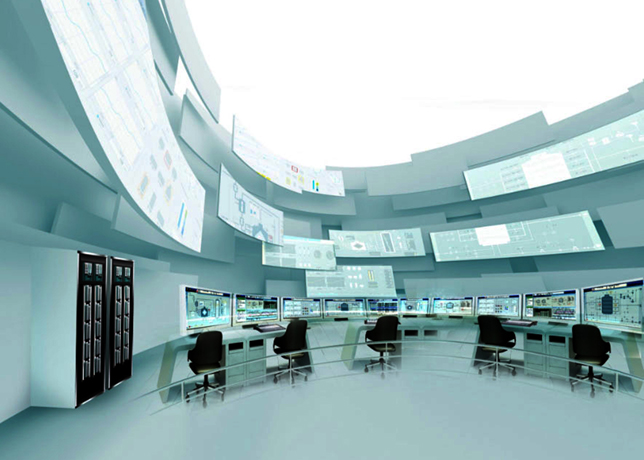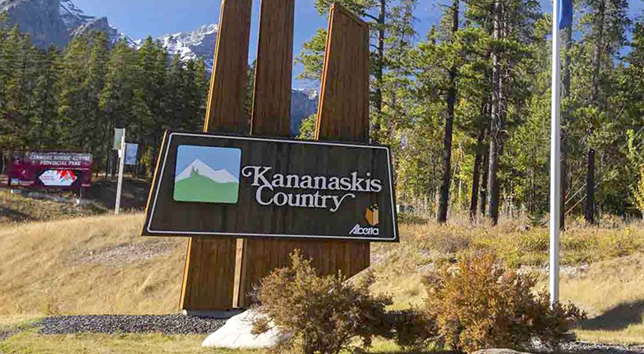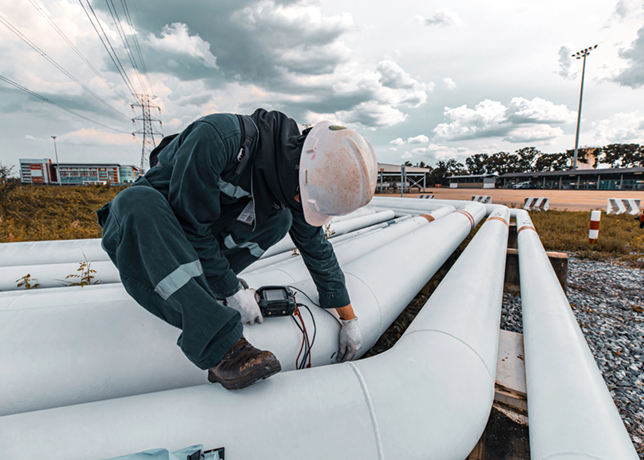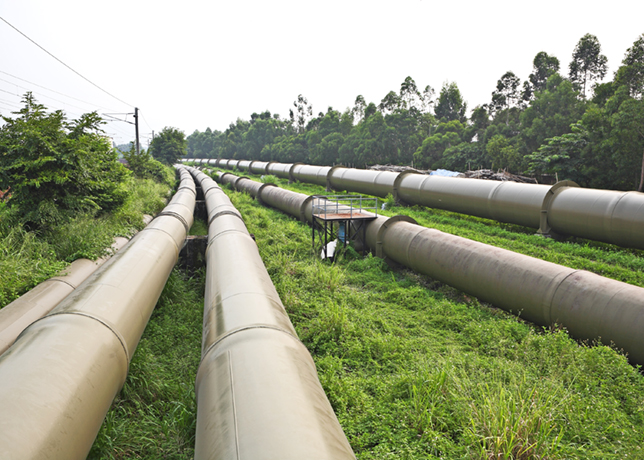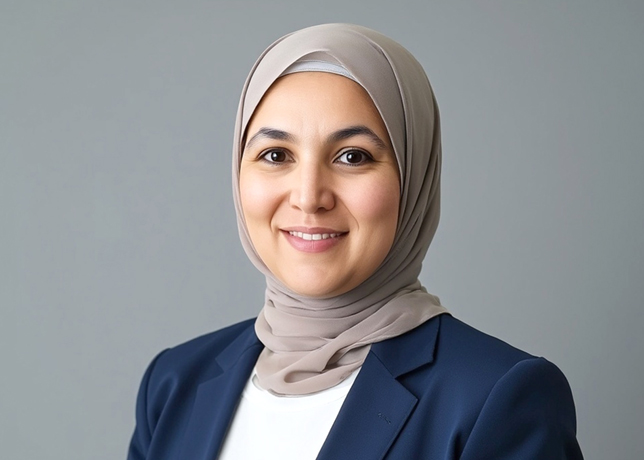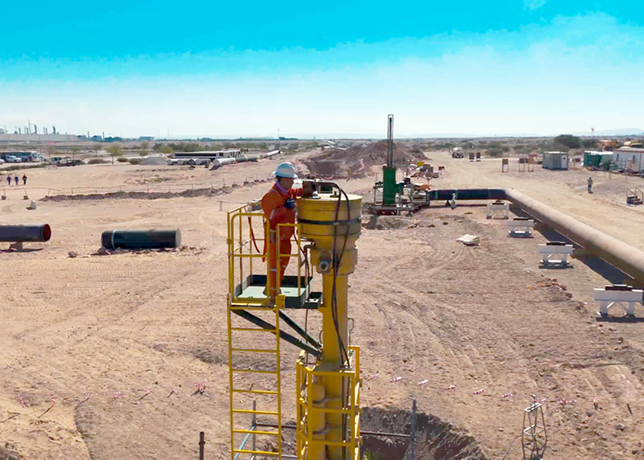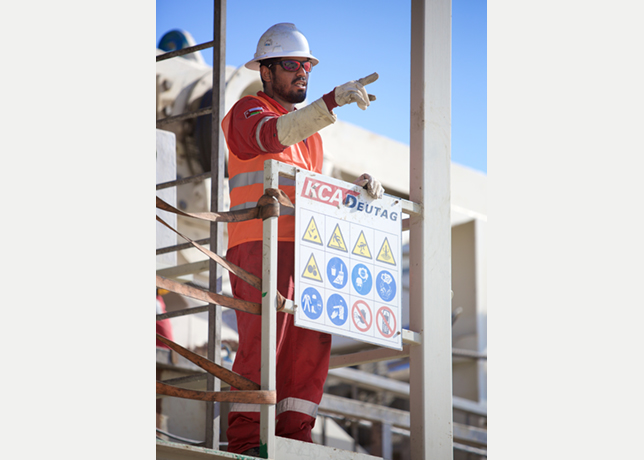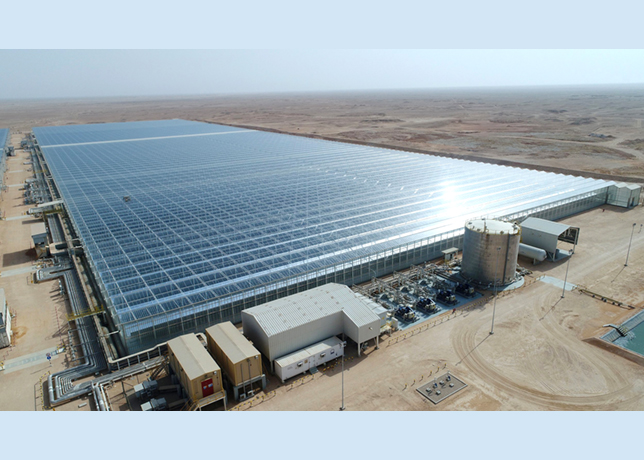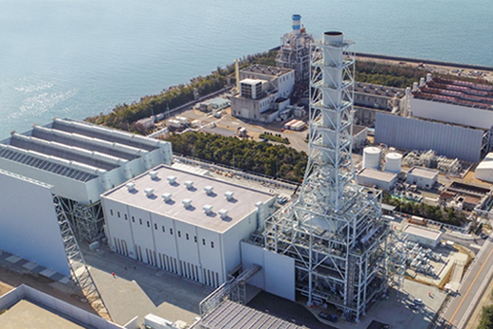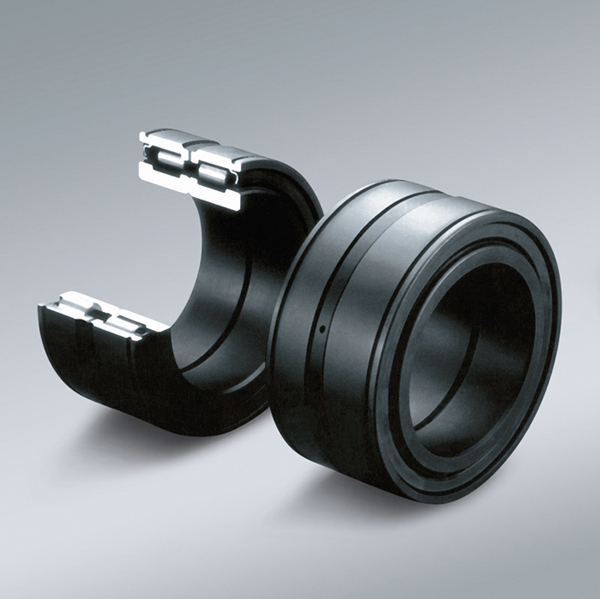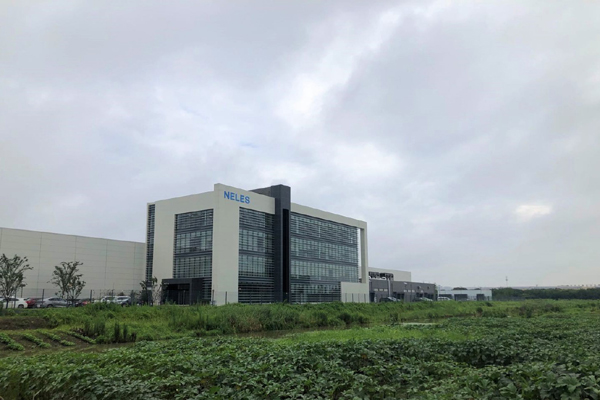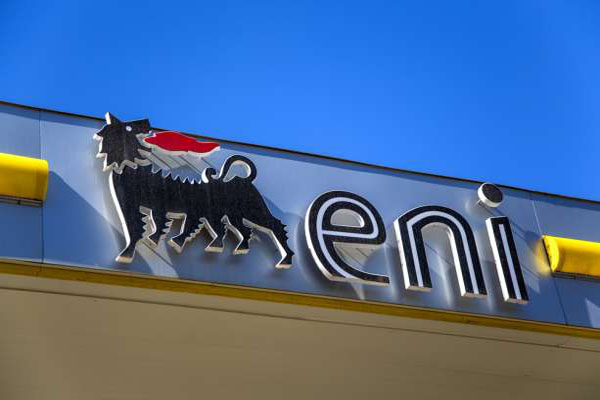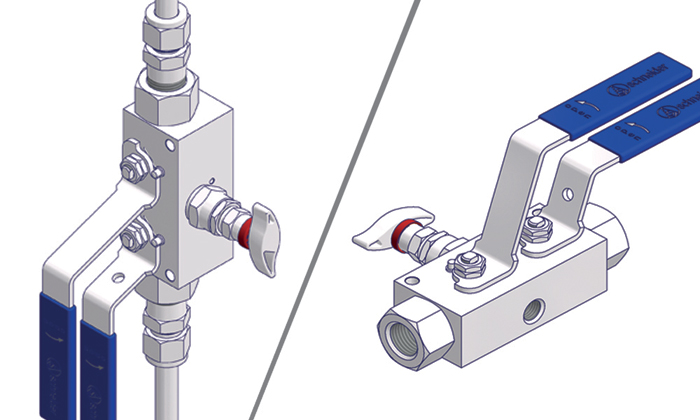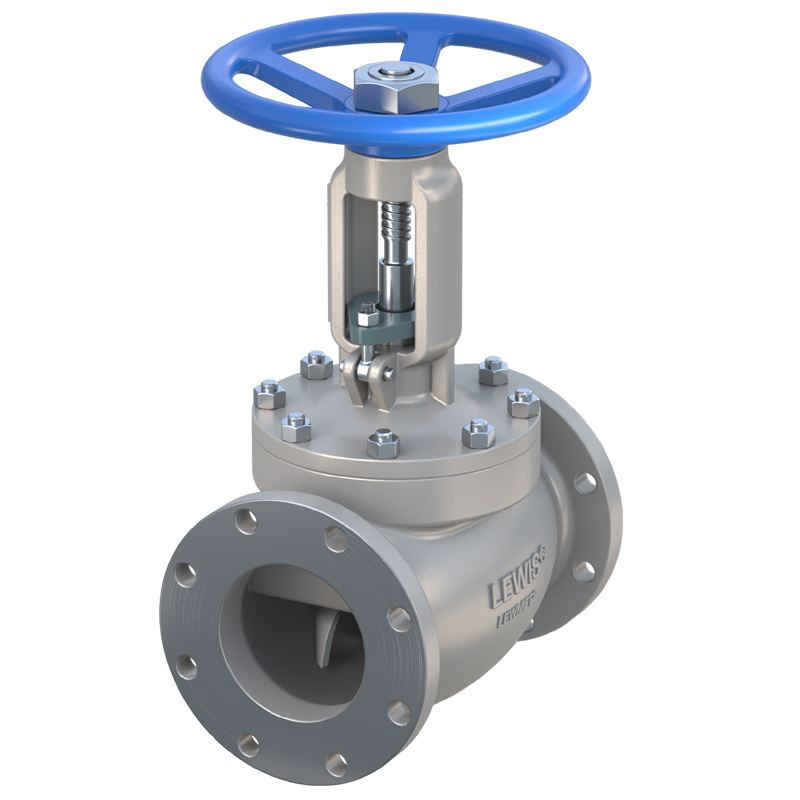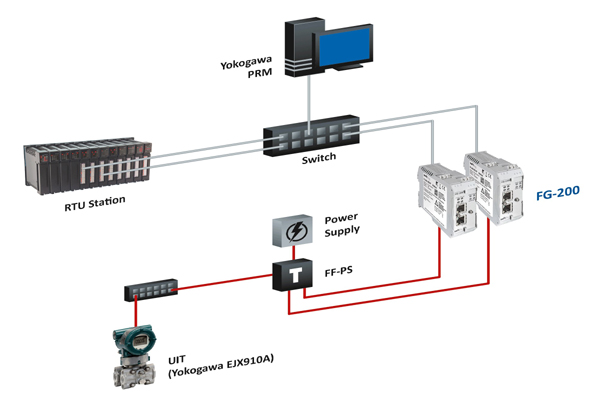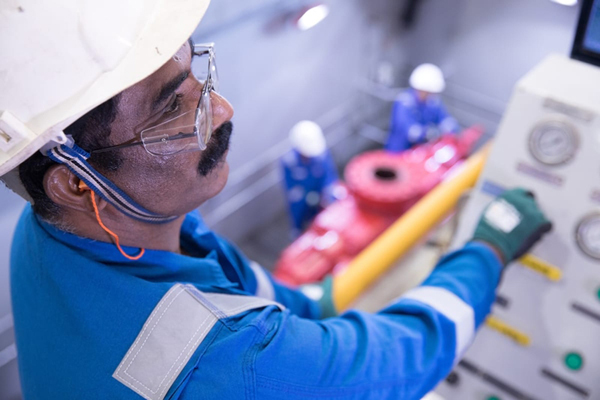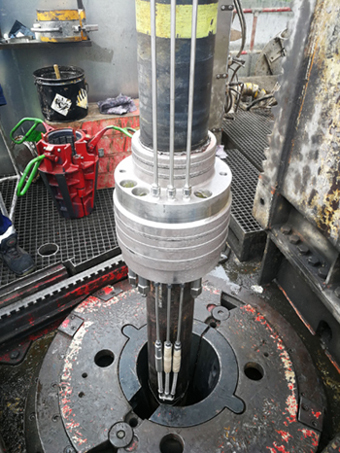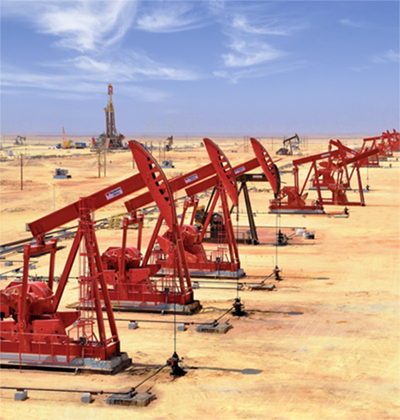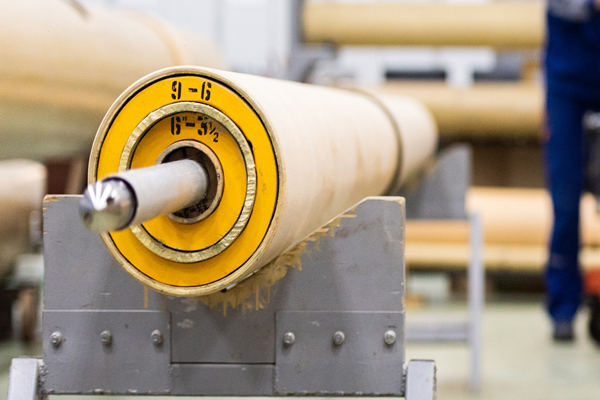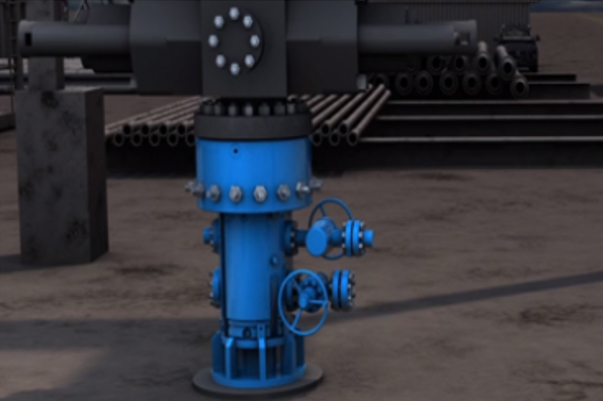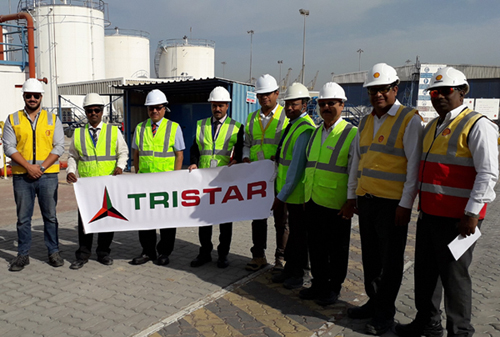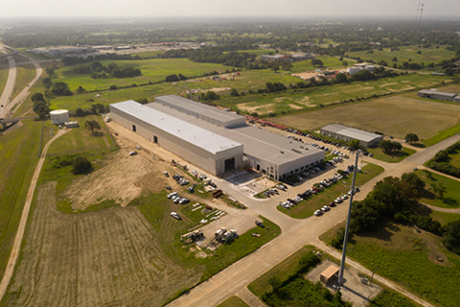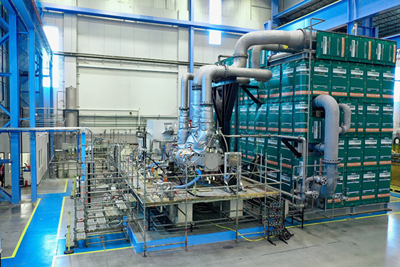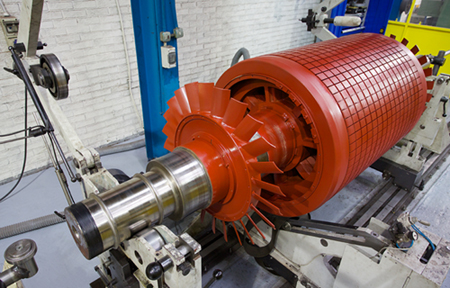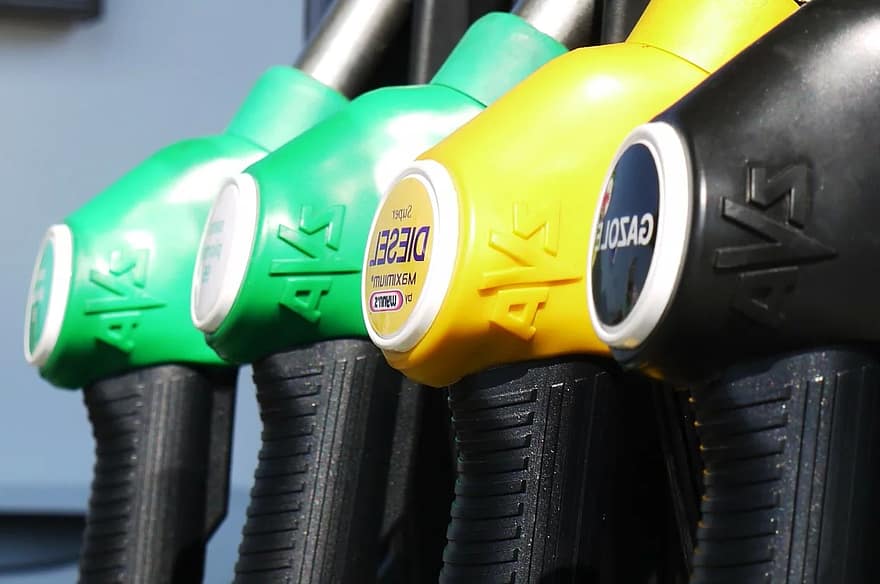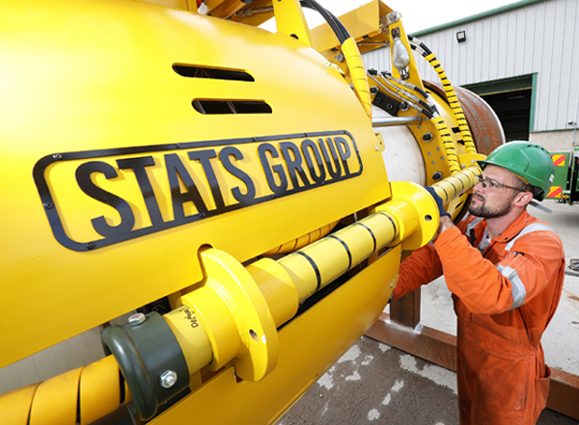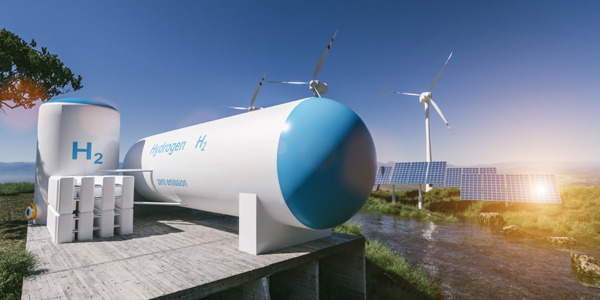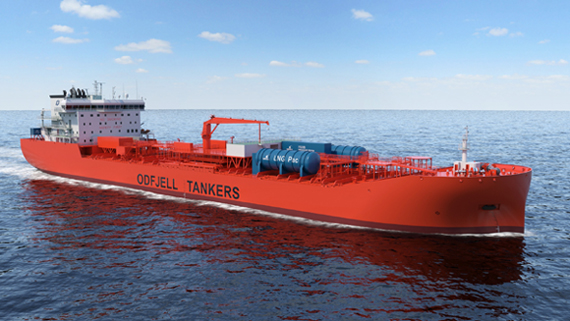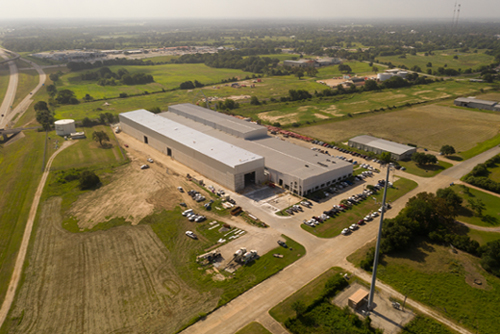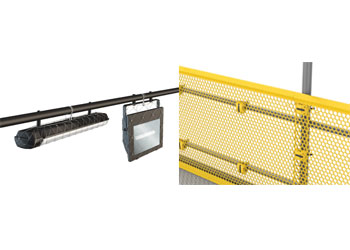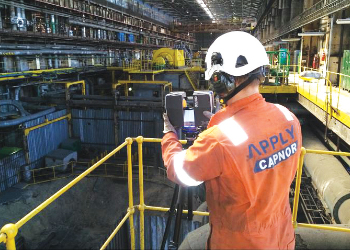
 PD Engineers can take the portable device on-site
PD Engineers can take the portable device on-site
Precise installation data is so valuable for petrochemical plants that the investment in recording is more than worth it, says Ron Bouman from Plant Design Engineers Then the measuring teams from the company Plant Design Engineers (PD Engineers) journey by helicopter to the oil rigs off the coast of Malaysia, they always have the laser scanner in their luggage. They use it to collect data for the precise documentation of the platforms. Petrochemical facilities built in an era before Computer Aided Design (CAD) often have little or no documentation whatsoever of what was constructed. Even those with detailed plans often underwent changes and restructuring meaning the old plans do not accurately match what exists today. Pipes, valves, reducers may have been moved or replaced to accommodate a change in the facility, storm damage may have caused rework of a particular area. Whatever the reason, planned or unplanned changes to offshore facilities mean that any records kept during the initial construction become outdated and refits planned on inaccurate data cause unexpected last minute alterations to be made. Faro Laser Scanner LS has a capture rate of 120,000 points per second In order to plan refits or alterations, accurate data of what currently exists (asbuilt) is necessary to ensure an on-time turnaround. Even a day delay during a refit can cost millions of dollars of lost production time. Ron Bouman from PD Engineers comments: "Scanners have become small enough, fast enough now that we can complete on-site scanning in a fraction of the time making our teams more cost effective and reducing the inconvenience for our clients. Our delivery to our customers has become more comprehensive and the benefits of as-built documentation are being seen by a wider audience." Capturing the virtual world PD Engineers uses the Laser Scanner LS from Faro Technologies, which can be flown out to the platform by helicopter. At a capture rate of 120,000 points per second it produces a 360-degree horizontal and 320-degree vertical of 27 million points after only 7 minutes. This generates a virtual 3D photograph in black and white or colour. Many scans can be registered together to give a virtual representation of the entire facility which can be walked through virtually. Once captured, the laser scan is shown on a PDA or laptop inside Faro Scene software, showing the details captured, settings for the scan resolution and speed can be altered and with the click of one button the scanner can proceed with the next scan. Faro Scene software allows the user to navigate the scan data in 2D or 3D views as well as enabling cross section cuts (tomography), data filtering and export of the data in different CAD formats such as IGES, DXF and Ascii. A PD Engineers scanning team can perform on site capture in an unprecedented time whilst the facility is in use causing minimal disruption to the daily usage of the platform. Once the laser scanning is complete, the team returns to the office to begin the modeling. INOVx Solutions, a software partner of Faro Technologies, PlantLINx and RealityLINx are used by PD Engineers to model the captured data. This creates order and intelligence in the data allowing planners, engineers and surveyors easier access to the information they require. First an asset database is created. This allows pipes, valves, reducers, etc to be matched with standard specifications. Then the scan data is segmented, to allow large quantities to be easily managed, and assisted modeling allows the user to quickly match specified features within the scan data. This accurately fits the correct item from the asset library to the scan data making modeling fast and accurate. If a custom item happens not to be in the database, this can simply be constructed in the software and added to the database. Structure and different piping systems are separated allowing the user to highlight or remove sections to plant removing clutter and areas which are not of interest. Once the entire facility is modeled, the ‘intelligence’ shows exactly what each specific pipe would be carrying including information such as liquid or gas temperature, pressure etc. "To be able to document this information in such an accurate, organised manner is a small investment for any petrochemical firm but the returns and the value of such data is enormous. This is one reason why PD Engineers are such a success," concludes Ron. PD Engineers was established in 1999 in Malaysia. It specialises in the documentation of sites out at sea for the gas, oil and petrochemical industry using laser scanners, 3D modelling and technical services. Faro develops and markets computer-aided coordinate measurement systems and measurement software worldwide. The portable measurement equipment can be used for production planning, and inventory documentation, as well as for the investigation and reconstruction of accident sites and crime scenes. They are also used for digital scanning of historical sites.












